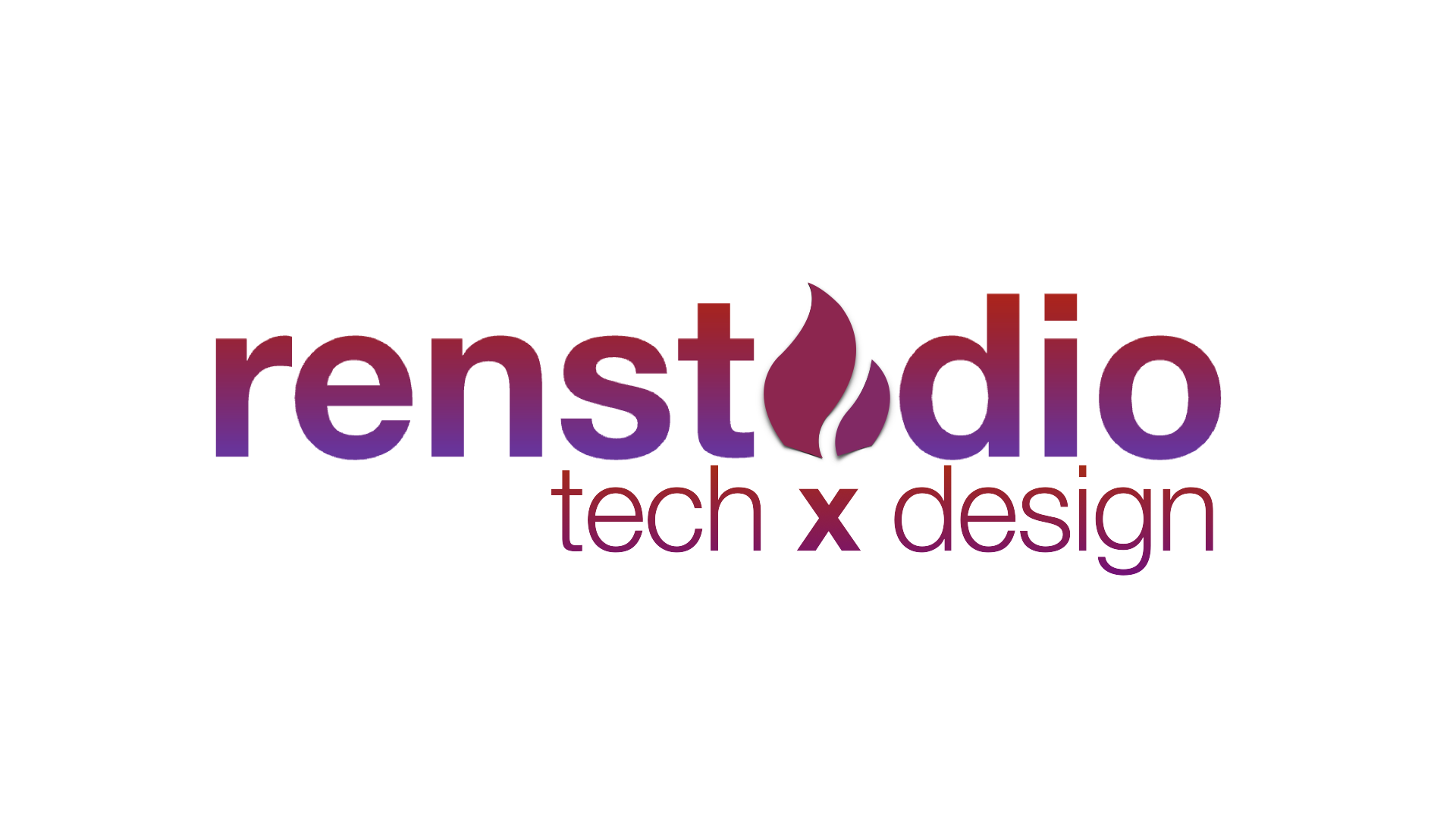In recent news, we have heard a lot of buzz surrounding the use of artificial intelligence (AI) in widespread applications like ChatGPT and other generative AI solutions. Well, I am trying to understand how AI can benefit the architecture industry, since it has been a large part of my professional life over the past decade. Here I will list some benefits and challenges that I can see so far. Feel free to agree or to disagree.
Potential Benefits
- Sustainable Design: Architects can apply AI in designing sustainable buildings. Machine learning algorithms should be able to analyze large quantities of data related to building materials, building energy consumption patterns, the contextual climate conditions and then be able to suggest sustainable design solutions. Granted, it will be necessary to code in the rules/logic on what sustainable design looks like to place a starting framework in the algorithms. If this is done well, then AI can help building designs to be more energy-efficient, to have smaller carbon footprints, and to minimize environmental impact.
- Design Optimization: Architects could use AI to optimize building designs in more real-time conditions. Algorithms could suggest design modifications to optimize the functionality, energy efficiency, and, even, the aesthetics of a buildings. The potential here is about speeding up the design process, and resulting in better buildings fitted to the specific needs of the occupants and the local environment.
- Enhanced Collaboration: AI can be a facilitation tool to assist in real-time collaboration among architects, engineers, consultants, and other stakeholders. AI could help with more seamless communication of project objectives and stakeholder inputs to speed up the design process and to help with alignment of all related stakeholders.
- Building Management: AI can analyze data from building management systems, such as lighting, HVAC, and smart glass, and then suggest adjustments to optimize energy usage and to enhance occupant comfort. Maybe, AI can even identify maintenance needs in the building and suggest preventative measures to reduce the time and costs.
- Safety and Security: Architects can use AI to design safer built environments for occupants in their building designs. With machine learning algorithms, data can be analyzed on building usage patterns, occupancy rates, and security systems to identify security breaches and hazards. This can be a tool for architects to design more secure and safer environments for occupants.
While AI has the potential to bring new innovation and benefits, it may also pose some challenges to address for architects.
- Dulling Creativity: With increasing use of AI in architecture and computer generated model tools, architects may become overly dependent on technology, thus losing some of their honed traditional design skills. This may limit the human architect in tapping into their creativity and ability to think outside the box.
- Considerations on Ethics: Even if an AI system runs smoothly, there may be some unintended consequences or biases that perpetuate. For architects, they need to ensure that AI tools align with their values and the needs of their clients.
- Complexity: As wonderful as it sounds on what AI can bring to the industry, it does require a high level of technical knowledge and expertise to implement. Architects may need to collaborate with data scientists and other technical experts in software development to better utilize the potential of AI in their trade. This requires a substantial investment in the development and implementation of AI for architects.
- Data Privacy and Security: AI systems need a lot of data which often is sensitive and confidential. It will be both a consideration for architects and the software development team to ensure that the collection of data, storage of data, and usage of data in a responsible and ethical manner.
- Price Tag: Developing and implementing an AI system may be expensive to maintain, especially for smaller architecture firms. Architects will have to weigh out the cost-benefit analysis of AI systems to determine whether it’s worth the investment in their business.
- User Acceptance: AI can intimidate typical user who may avoid it because it sounds complex and confusing. Architects will need to work with their stakeholders to be comfortable using AI and understand the potential benefits.
In conclusion, there are potential benefits and challenges in implementing AI to the architecture industry. Counting the costs involved and weighing out the benefits should be the starting point for architects to consider using AI, but should not discourage them to pursue the use of AI in their craft. I see one of the main objectives for architects to consider AI is how it can effectively and responsibly be a useful tool in the design of buildings and applying sustainability principles in their work.


